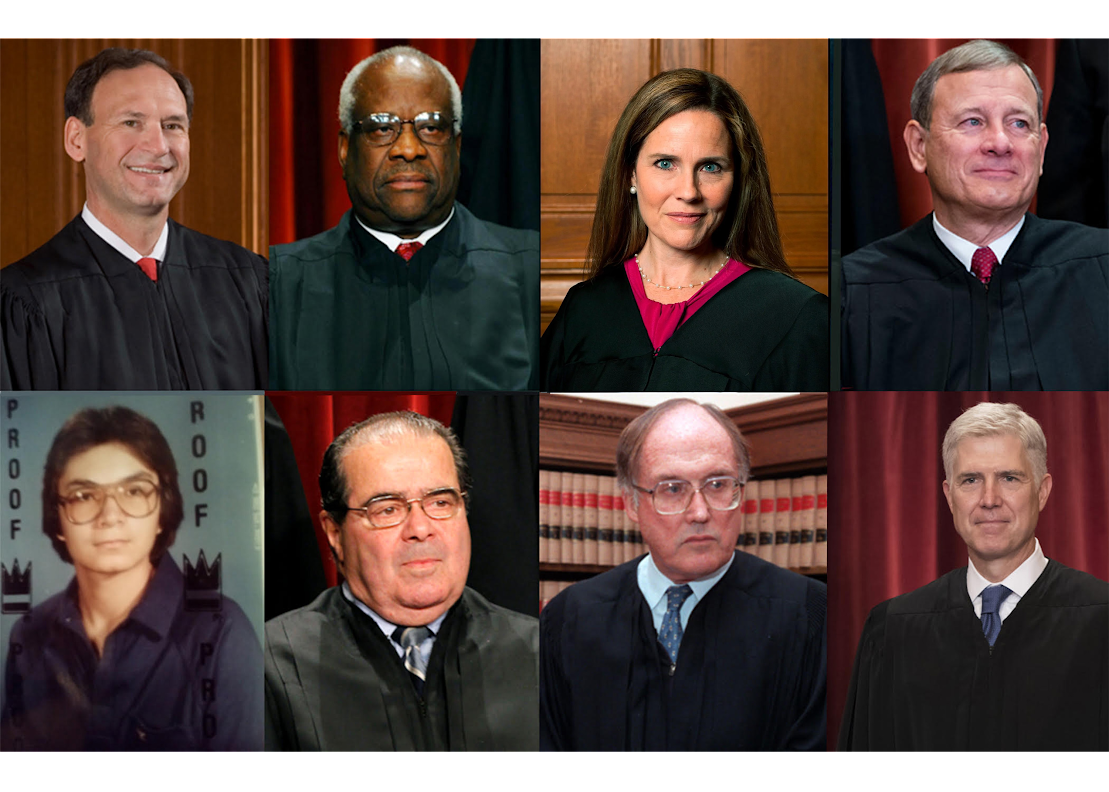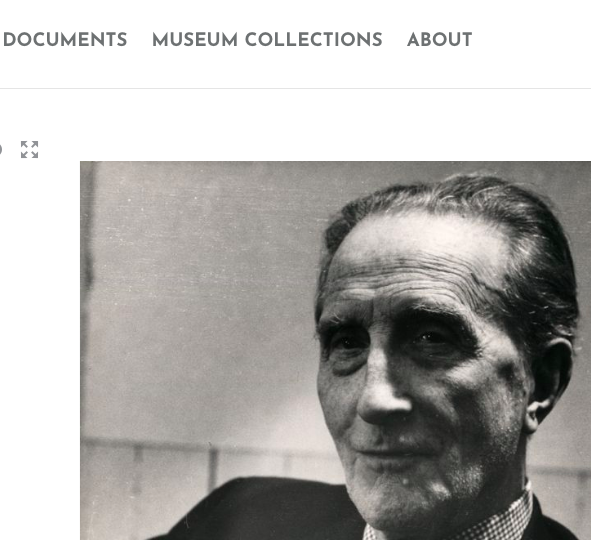Chalk artist Ellis Gallagher is suing the New York Police Department for alleged “constitutional and civil rights violations.” Gallagher is suing the city for $1 million.
Via Gothamist and The Brooklyn Paper.
Images of Goldsmith and Warhol at issue. The U.S. Supreme Court will review a ruling that an Andy Warhol print infringed a copyrighted photograph taken by photographer, Lynn Goldsmith, of the late musician, Prince. We certainly hope--as much as one can hope for anything these days--that SCOTUS cleans up the wasteland that has become of "fair use" interpretation. One would think, and hope I suppose, that with many of the sitting justices adhering to textualism, they will fully jettison the nonsensical "transformativeness" test that has plagued us like a really bad case of Covid since the mid-1990s. Docs here, via ...


Ahh...Youth! Sergio Munoz Sarmiento. (2015 - ongoing), C-Print. © and TM Sergio Muñoz Sarmiento. All rights reserved. I had a lovely conversation with fellow lawyer and artist, Stephanie Drawdy, on the NFT craze, pets, art law, and the origins of The Art & Law Program. You can listen to the Podcast here. Hope you enjoy!


The Philadelphia Museum of Art, the Centre Pompidou, and the Association Marcel Duchamp have digitized their vast archives of material on the Dadaist and placed it online, where it is free to all. Enjoy!


If you have kids at home and want them to do something fun and educational, try the Art & Law Coloring Book, an ongoing project by The Art & Law Program. Really a great collection of drawings by great artists, including: Emma Jane Bloomfield Damien Davis Molly Dilworth João Enxuto Soda Jerk Clare Kambhu Alexandra Lerman Erica Love Douglas Melini Sergio Muñoz Sarmiento Melinda Shades Elisabeth Smolarz Gabriel Sosa Alfred Steiner Valerie Suter Happy coloring!


If you're confused as to what the hell NFTs are, particularly art NFTs, here's a new article by Alfred Steiner that pretty much walks you through and safely out of the NFT hell. In his article, Steiner explains what NFTs are and what it means to own one. He also discusses why that meaning of ownership—which may appear novel to many—isn’t new at all when considered against the backdrop of the market for conceptual art. Steiner concludes with some observations about how NFTs may be good and bad for the art industry.


Chalk artist Ellis Gallagher is suing the New York Police Department for alleged “constitutional and civil rights violations.” Gallagher is suing the city for $1 million.
Via Gothamist and The Brooklyn Paper.
Leading international museum directors have restated their opposition to the financially motivated sale of works of art from public collections when the proceeds are used for “anything other than acquisitions or the direct care of the collection”.
Via The Art Newspaper.
After careful consideration, The Plano Independent School District in Texas has decided against removing a humanities textbook, Culture and Values: A Survey of the Humanities, from its classrooms.
The debate began last week when the District pulled the book from circulation citing parental concerns that the book contained nude images inappropriate for young teenagers. The books were primarily used in the “gifted and talented” program, and contained images from artists such as Goya, Rubens, Manet, Boticelli, Eakins, and Rodin.
Via The Dallas Morning News and the National Coalition Against Censorship.
Larry Rivers is in trouble again.
This time, a sculpture of a pair of legs, measuring over 16-feet and installed in Sag Harbor, NY, have been found to be in violation of local building and zoning codes. The recent controversy poses those that believe these local laws should not apply to a work of art, and more so to the venerable Larry Rivers.
Via the Wall Street Journal.
In a class-action lawsuit filed in 2009, former Arizona State quarterback Sam Keller sued Electronic Arts, the National Collegiate Athletic Association and the Collegiate Licensing Company, claiming that they illegally profited from the images of college players portrayed in the games NCAA Football and NCAA Basketball. Although the players’ names are not used in the video games, Keller and his supporters argue that the players’ rights of publicity have been infringed because in most cases the virtual players in the video games have the same jersey number, height, weight, home state as the real college athletes.
This past February, a United States District Court judge rejected a request to dismiss the case, arguing that Electronic Arts did not sufficiently “transform” the images into a work that would qualify as free speech. Keller and his supporters argue that the video games in question are not protected by the First Amendment because the company was using the likenesses of college athletes for purely commercial gain.
What does this mean? Arent Fox has a good summary:
The February 8, 2010 ruling means that EAI could be found liable for violating college players’ rights of publicity through its use of their likenesses and characteristics in its NCAA Football video game. While this would be a huge financial blow to EAI, the ultimate importance of this case lies in the court’s analysis of the publicity right claims and the guidance it provides regarding how closely a video game avatar can be modeled on a real life individual before violating that individual’s publicity rights.
Keep in mind that in some legal circles, the right of publicity is considered an intellectual property right.
Via the paper of record.
Two ancient statues stolen in the 1980s from Italian museums are now back home, thanks in part to a police art squad expert who spotted one of them in a New York gallery while window-shopping on vacation in the United States.
Via NPR.
If only Jr. had eaten his veggies.
The Ray Charles Foundation is suing Charles’ son for copyright infringement, alleging Jr. used a photo of Sr. on the cover of Jr.’s new book, You Don’t Know Me: Reflections of My Father, Ray Charles. The publisher, Random House, is also named in the lawsuit.
According to the Foundation, the photo was taken by by an employee of Ray Charles in 1965, thus making the photo a “work made for hire” and granting the Foundation copyright ownership over the photograph.
Guess Jr. really didn’t know him. Ouch! Via the LA Times and Hollywood Reporter. (My guess? This settles!)
Clancco, Clancco: The Source for Art & Law, Clancco.com, and Art & Law are trademarks owned by Sergio Muñoz Sarmiento. The views expressed on this site are those of Sergio Muñoz Sarmiento and of the artists and writers who submit to Clancco.com. They are not the views of any other organization, legal or otherwise. All content contained on or made available through Clancco.com is not intended to and does not constitute legal advice and no attorney-client relationship is formed, nor is anything submitted to Clancco.com treated as confidential.
Website Terms of Use, Privacy, and Applicable Law.